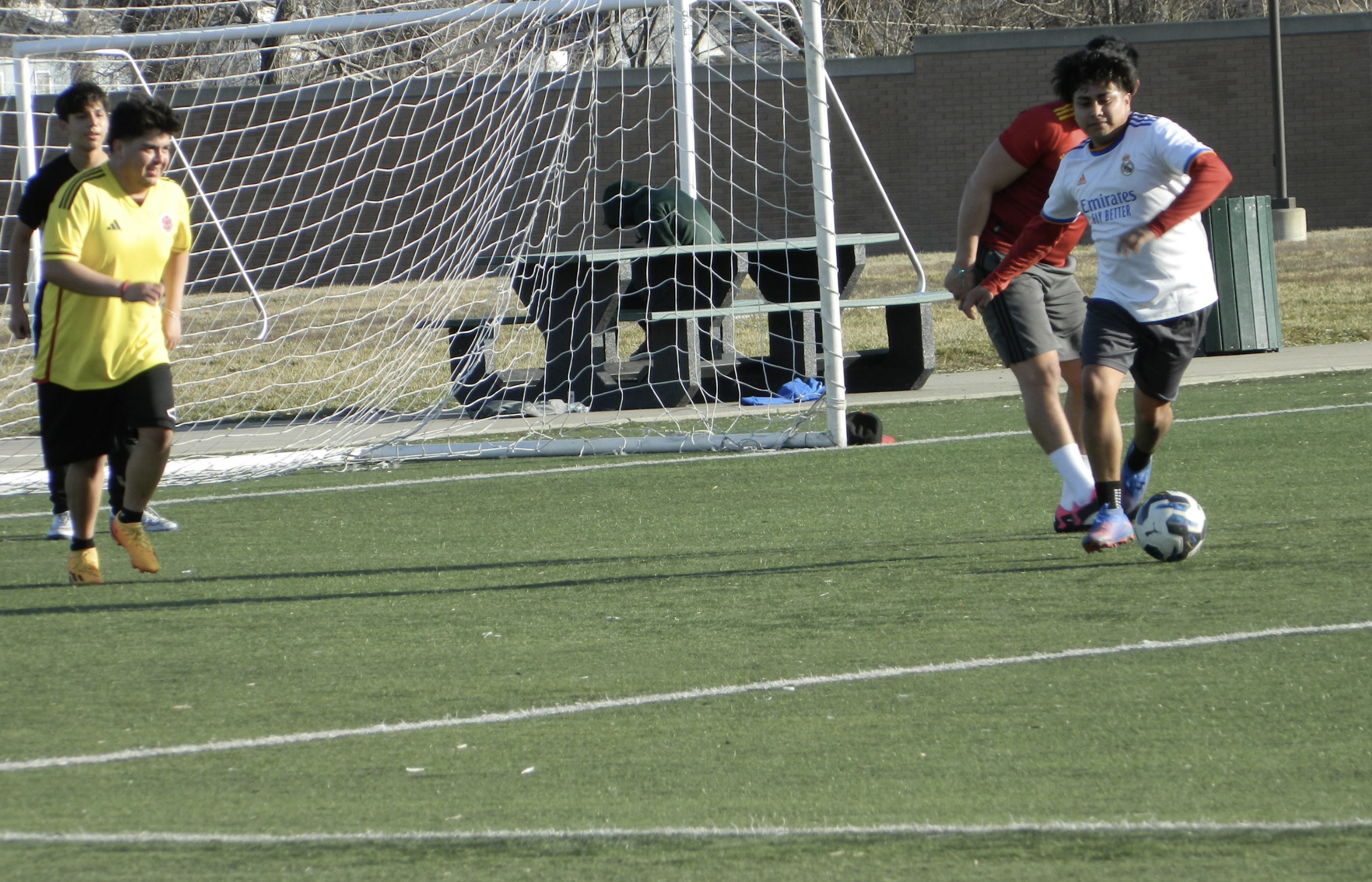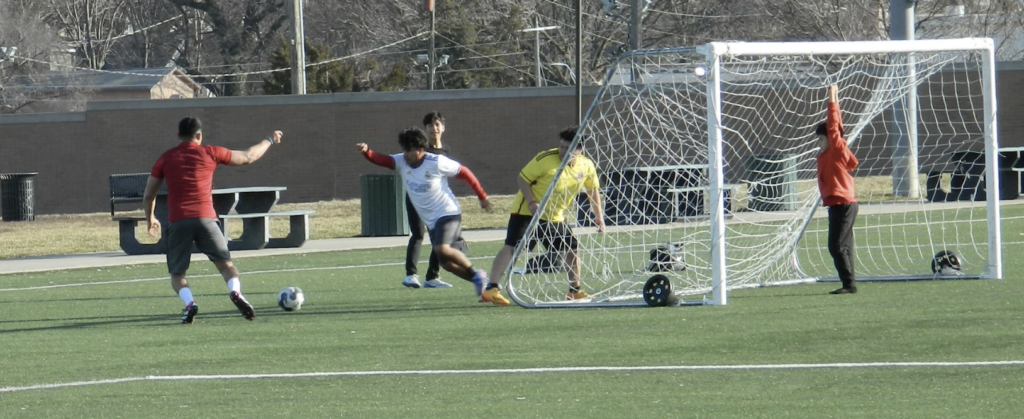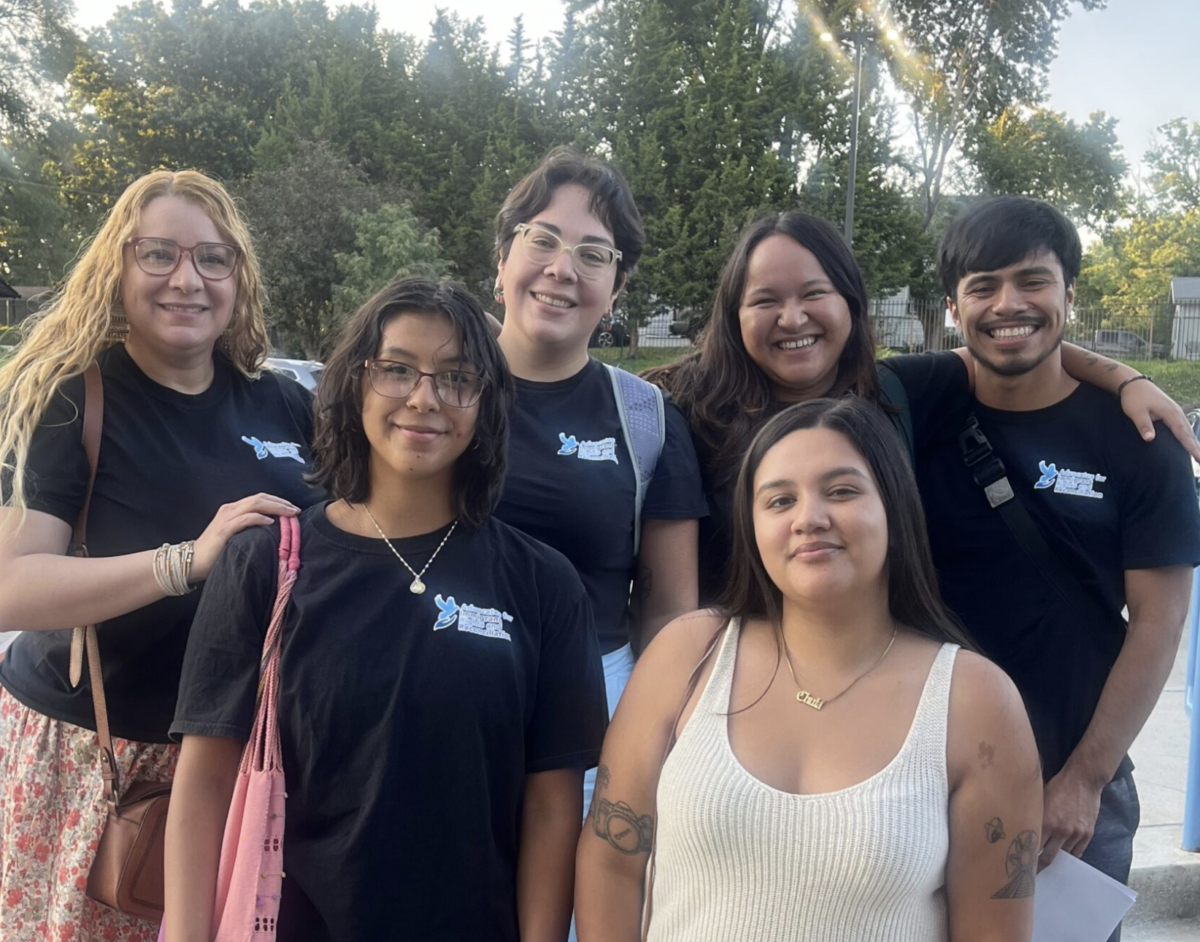
There is an underlying paradox in Kansas City, self-proclaimed as the “Soccer Capital of America,” that grapples with a youth soccer culture dominated by clubs and a pay-to-play framework. Yet, the very essence of the sport — the joy of playing in the park, the camaraderie of neighborhood matches — seems to have faded away. As we unpack the intricate web of youth soccer culture in Kansas City, it becomes evident that a reinvigoration of community play and a renewed focus on accessible parks are essential to live up to the city’s soccer aspirations.
The growth of soccer in Kansas City is undeniable, with major league success and thriving fanbases painting a colorful picture of the city’s soccer devotion. But beneath this surface lies a concerning reality: the prominence of organized club programs and the financial burden of pay-to-play structures. This model, while striving for excellence, inadvertently creates a barrier for many aspiring players who cannot afford the associated costs.

Ironically, while Kansas City prides itself on being a soccer capital, the once-common sight of kids engaging pickup matches in local parks has dwindled. The very essence of soccer’s grassroots appeal — the spontaneity, the inclusivity — has taken a backseat to structured club activities. It’s time to question whether the path to soccer stardom should be exclusively paved by club fees or if it should be reimagined to involve the entire community.
By embracing the spirit of community play, Kansas City can tap into the rich tradition of soccer in neighborhood parks. These parks, often the heart of local communities, can be transformed into vibrant soccer hubs where kids of all backgrounds come together to experience the sheer joy of the sport. It’s time to shift the focus from corporate-sponsored club events to community-driven park matches that celebrate the beauty of diversity and camaraderie.
One cannot overlook the role of leadership within the soccer community in shaping this narrative. If Kansas City’s ambition is to truly be a soccer capital, its leadership must reflect the city’s diversity and engage directly with underserved communities. By creating pathways for talented individuals who lack resources, the city can break the cycle of exclusion and provide opportunities for everyone to showcase their skills.
The future of soccer in Kansas City should be centered on two key elements: accessibility and community. By redirecting attention towards parks and recreation the city can revive the lost art of neighborhood soccer, where the barriers of entry are lowered and talent can flourish regardless of economic backgrounds. Investing in these spaces isn’t just an investment in soccer; it’s an investment in social cohesion, health, and a sense of belonging.
With the World Cup only a few years away, Kansas City stands at a crossroads in its soccer journey. The shift from club-dominated youth soccer to a revitalized community-based model requires collaboration, creativity, and a genuine commitment to inclusivity.
By valuing the essence of soccer’s origins — the parks, the pickup games, the shared passion — Kansas City can elevate its claim to being the “Soccer Capital of America” by demonstrating that the real capital lies in the hearts and smiles of its soccer-loving citizens.
-Ann Ogborn


















